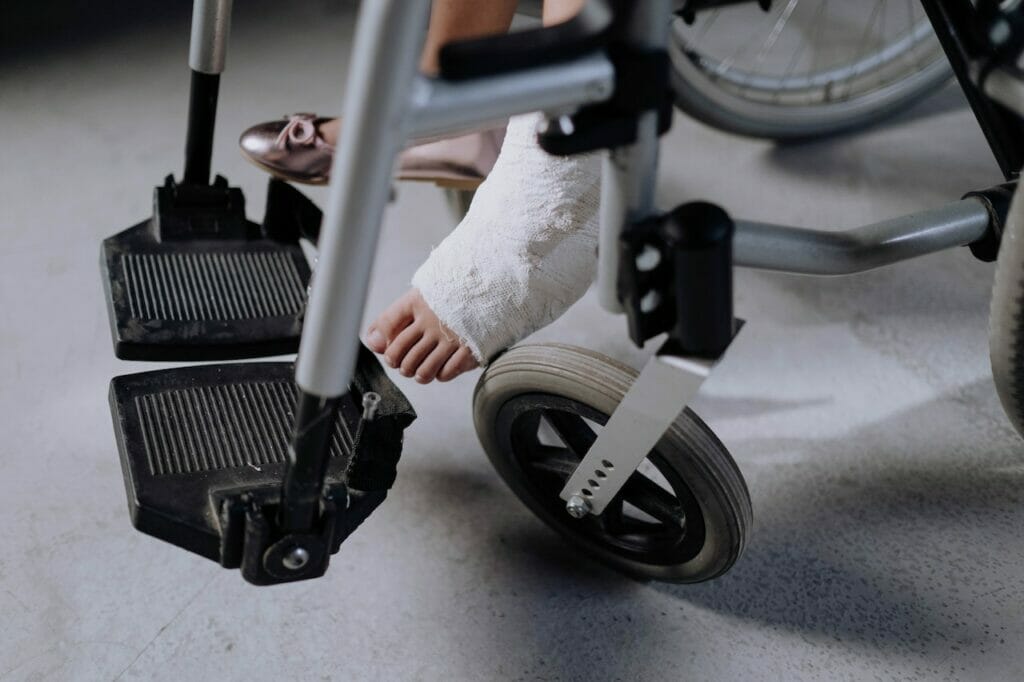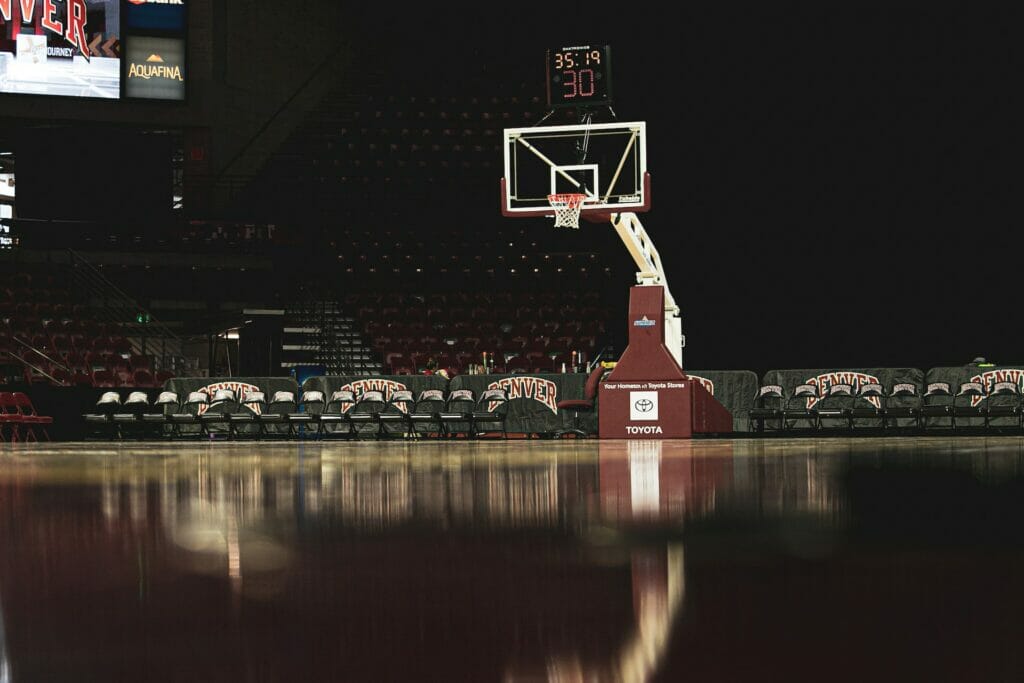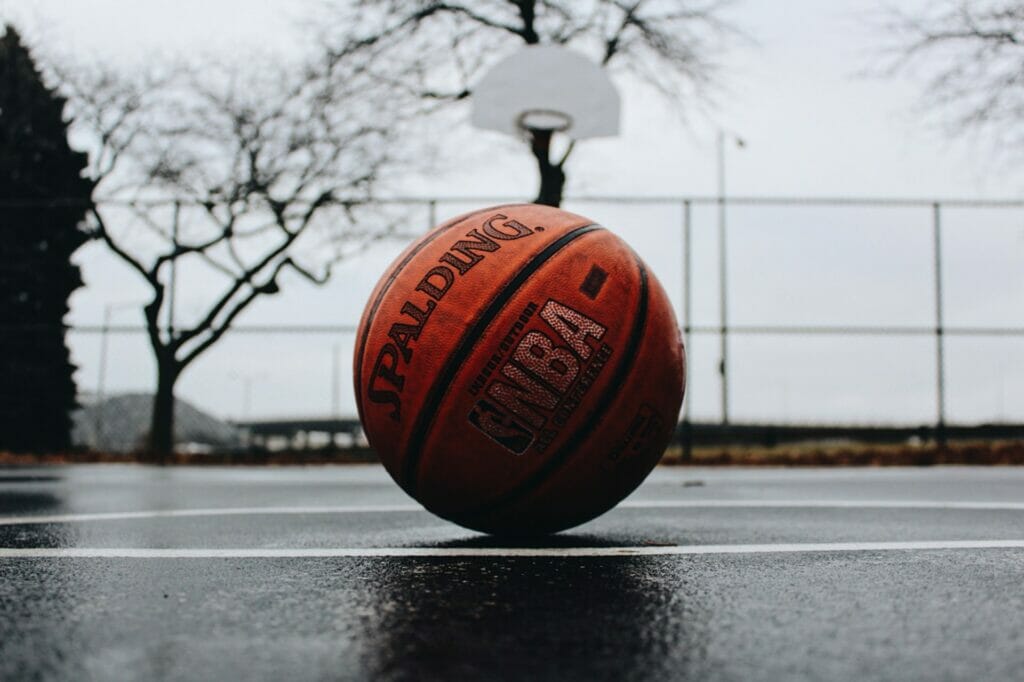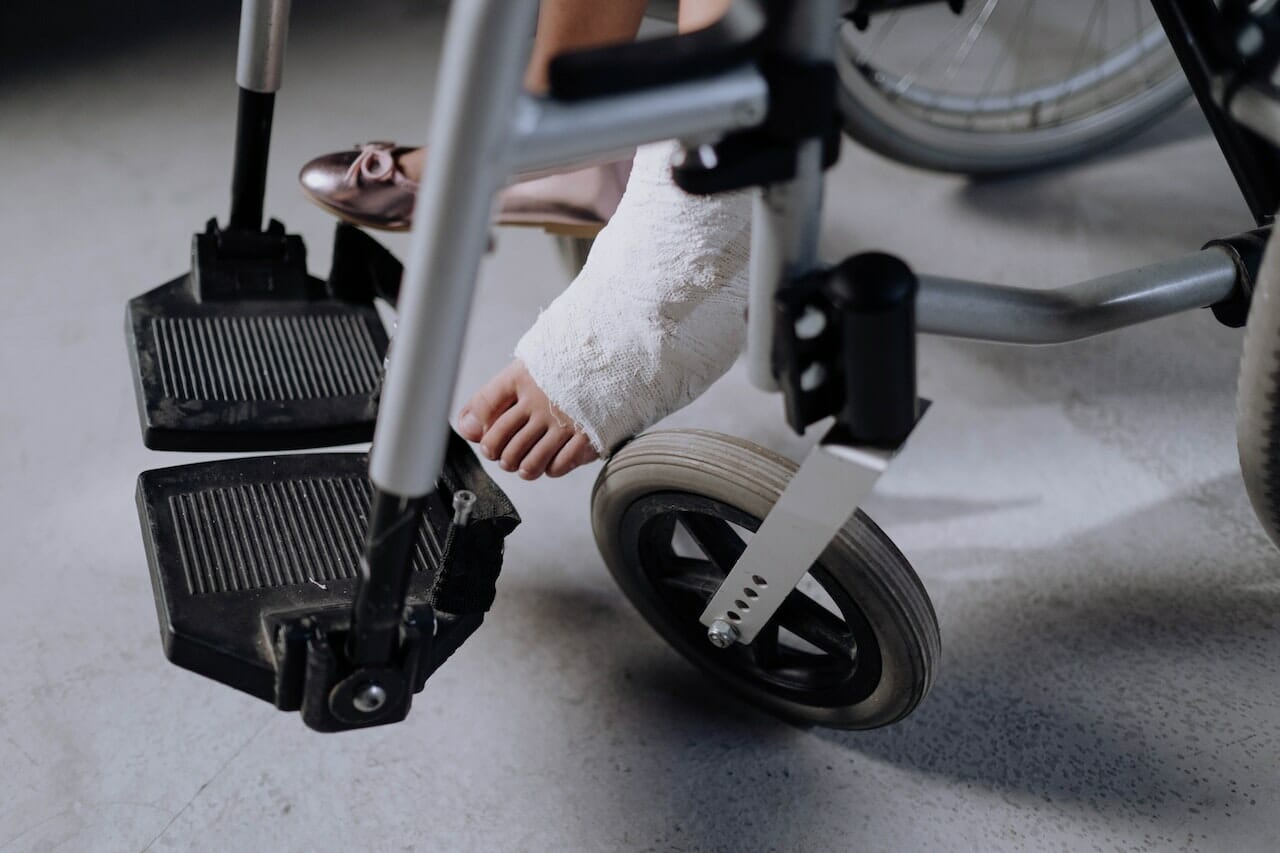Basketball is a popular sport that comes with its own risks of injury. While most injuries are relatively minor and can be treated with ice and rest, some can be more serious. In this post, we’ll take a look at some of the most common basketball injuries, their symptoms and how to best treat them.
In a bizarre turn of events, NBA player Gordon Hayward broke his leg just five minutes into the season opener against the Cleveland Cavaliers.
Ankle Sprains
Ankle sprains are one of the most common basketball injuries. They’re caused by a sudden movement that twists the ankle, and often occur when someone steps on another player’s foot. Symptoms include pain, swelling and stiffness. To treat an ankle sprain, ice the affected area, wrap it with a bandage and rest it as much as possible.

Knee Injuries
Knee injuries are also common in basketball. They can be caused by a direct blow to the knee, or by repetitive movements such as jumping and landing. Symptoms include pain, swelling, stiffness and difficulty walking. To treat a knee injury, ice the area, take anti-inflammatory medication and rest the knee. In some cases, surgery may be required.

Shoulder Injuries
Shoulder injuries are also common in basketball. They can be caused by a direct blow to the shoulder, or by repetitive movements such as throwing and catching. Symptoms include pain, swelling, stiffness and difficulty moving the arm. To treat a shoulder injury, ice the area, take anti-inflammatory medication and rest the shoulder. In some cases, surgery may be required.
Wrist and Hand Injuries
Wrist and hand injuries are some of the most common injuries in basketball. They can be caused by a number of things, including repetitive motions, slips and falls, and contact with objects or tools. Some of the most common symptoms of a wrist or hand injury include pain, swelling, numbness, tingling, and stiffness.
If you have suffered a wrist or hand injury, it is important to seek medical attention right away. Treatment will vary depending on the severity of the injury, but may include rest, ice, compression, and elevation (RICE) therapy, splinting or bracing, medications, and physical therapy.
Head and Neck Injuries
Head and neck injuries are also common in basketball, and can be caused by a number of things, including direct blows to the head or neck, falls, and contact with objects or tools. Some of the most common symptoms of a head or neck injury include pain, swelling, difficulty moving the head or neck, bruising, and dizziness.
Back and Spine Injuries
Back and spine injuries are also common in basketball, and can be caused by a number of things, including direct blows to the back or spine, falls, and contact with objects or tools. Some of the most common symptoms of a back or spine injury include pain, swelling, difficulty moving the back or spine, bruising, and dizziness.
Hip and Groin Injuries
Hip and groin injuries are also common in basketball. They can be caused by a direct blow to the hip or groin, or by repetitive movements such as running and jumping. Symptoms include pain, swelling, stiffness and difficulty moving. To treat a hip or groin injury, ice the area, take anti-inflammatory medication and rest the area. Surgery may also be required.
Ankle sprains are one of the most common basketball injuries. They’re caused by a sudden movement that twists the ankle, and often occur when someone steps on another player’s foot.

Basketball Player That Broke His Leg
In a bizarre turn of events, NBA player Gordon Hayward broke his leg just five minutes into the season opener against the Cleveland Cavaliers. The injury occurred when Hayward went up for an alley-oop and came down awkwardly on his left ankle. Hayward was stretchered off the court and taken to the hospital, where it was revealed that he had fractured his tibia and dislocated his ankle. Hayward will likely miss the rest of the season, depriving the Celtics of their best player.
Related Tags
4b tcv 14blundentechcrunch
sports rivalry 20m ipo
bostonbased 145m nightdragon





